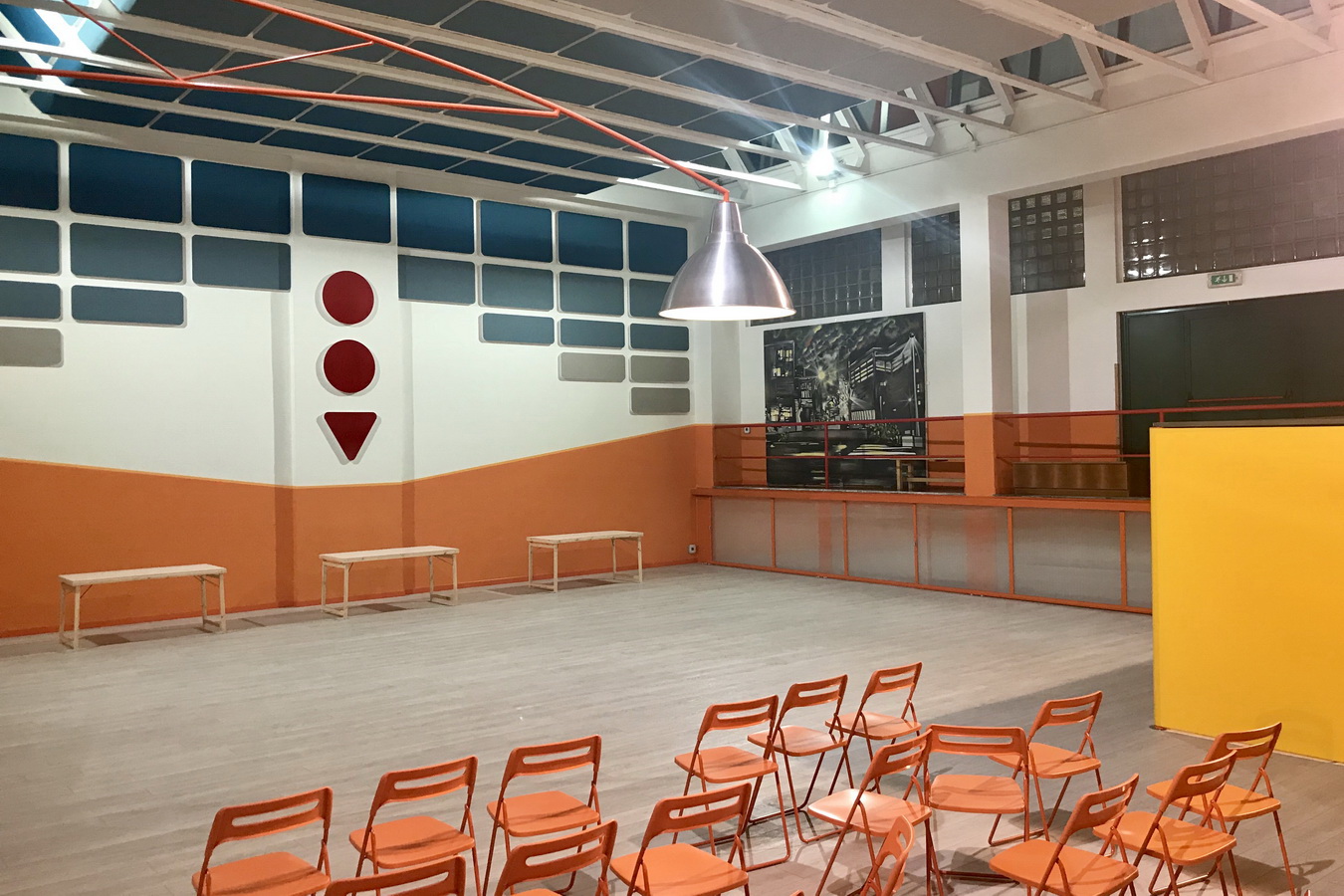






Collective spaces are developed to host and bring together people in the same closed space. Let’s think about hotels, communities, conference or meeting halls, theatres, auditoriums, libraries, museums, shopping malls, sport centres, gyms, houses of worship, hospitals, schools, canteens, stations, big multifunctional exhibition spaces, or generally private and public spaces of any dimension that supply services to the community.
All these places are usually characterized by big spaces, large volumes and simple open space layouts, with few or no internal partitions.
Due to the dimensional features and the presence of reflective surfaces, these spaces are generally uncomfortable from an acoustic point of view, especially if proper systems for noise control have not been foreseen.
The architectural layout of these spaces generates adverse acoustic conditions, caused by the amplification of each single noise due to reflections of sound waves on surfaces, commonly called the reverb effect.
ACOUSTIC TREATMENT PROCEDURES IN LARGE COLLECTIVE SPACES
The acoustic treatment and reverb correction of big spaces, can be realized with two types of solutions:
Acting on the reverb control (1):
It consists of wall and ceiling installations of sound-absorbing modules, in order to reduce the acoustic reflections generated on smooth perimeter surfaces. This additional light and porous material can absorb sound waves and avoid their reflections, creating a sort of covering on the actual reflective surfaces as well.
Acting on diffraction (2):
It consists of geometric elements installation (generally suspended to the ceiling and not necessary made of sound absorbing material) in order to intercept, break and re-direct the sound waves generated in the space, reducing their intensity.
This diffraction-based system requires the installation of three-dimensional elements made of rigid material. The adopted modules can be baffles or prisms vertically suspended to the ceiling, and are more effective when spaced from the surfaces (walls or ceilings), because they fragment the geometry and volume of the space.








